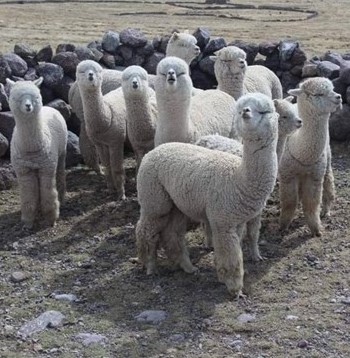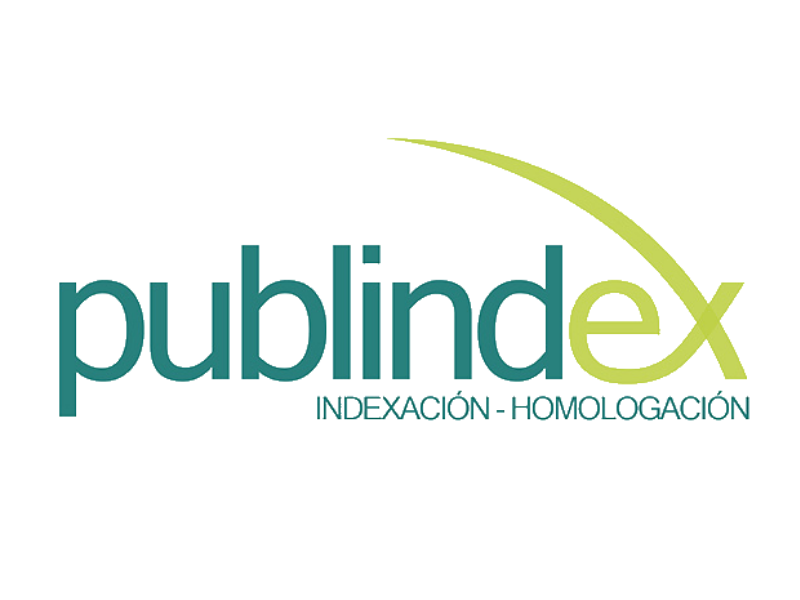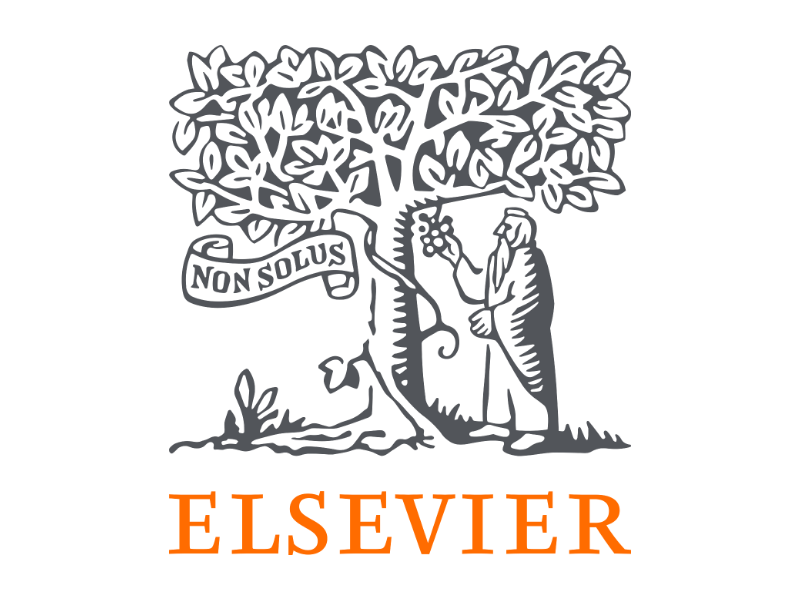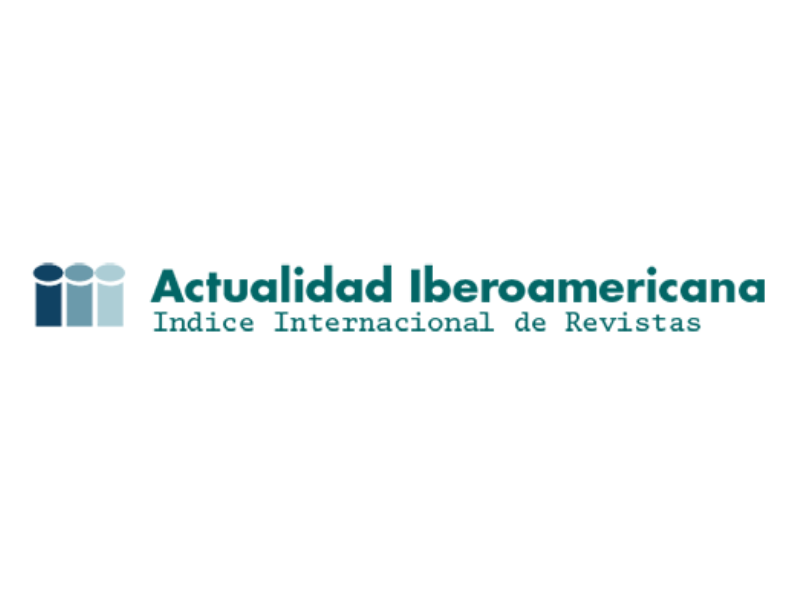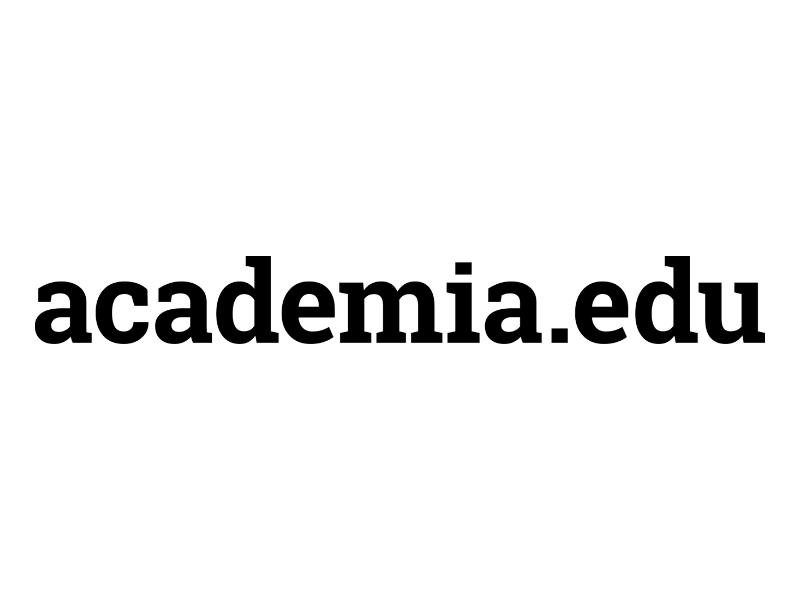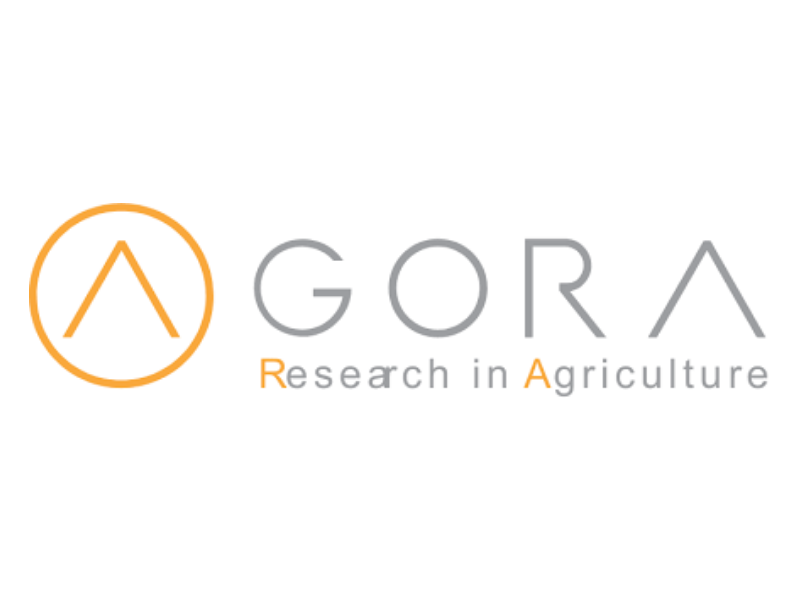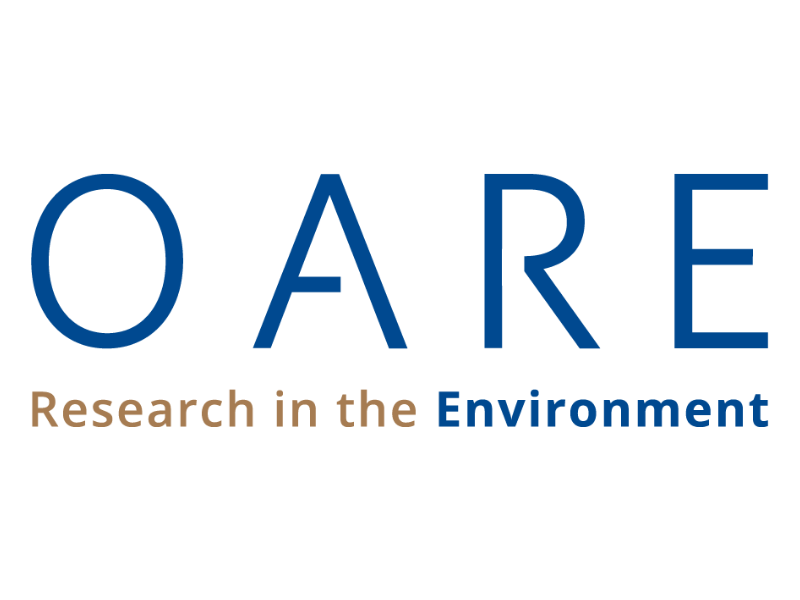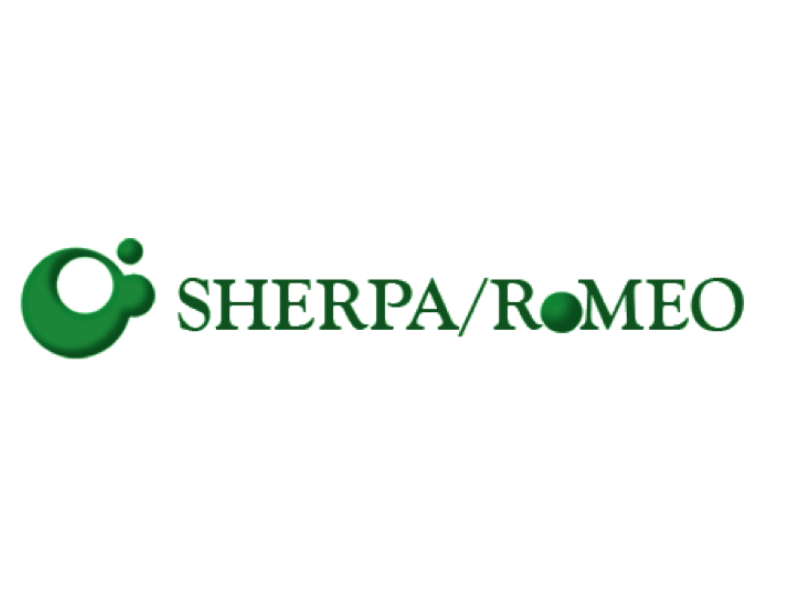Influencia de la castración en la composición química de la carne de alpacas (Vicugna pacos)
Influence of castration on the centesimal composition and cholesterol content of meat from alpacas (Vicugna pacos)

Esta obra está bajo una licencia internacional Creative Commons Atribución-NoComercial-CompartirIgual 4.0.
Mostrar biografía de los autores
Objetivo. Determinar la influencia de la castración bilateral de alpacas jóvenes sobre la composición centesimal y el contenido de colesterol en tejido muscular de cinco regiones anatómicas. Materiales y métodos. Se seleccionaron 20 animales machos, de 1.5 años de edad, de raza Huacaya, formándose dos grupos de 10 animales: experimental y control. Los del grupo experimental fueron sometidos a castración bilateral y los del grupo control permanecieron “enteros”. Después de seis meses, todos los animales fueron beneficiados y se tomaron muestras de tejido muscular de cinco regiones anatómicas: cuello, brazo, costillar, lomo y pierna. La humedad se determinó por desecación en estufa hasta peso constante, la grasa total por el método de Soxhlet, la proteína bruta por el método Kjeldahl, las cenizas por calcinación en mufla a 550˚C y el colesterol por el método colorimétrico previa extracción de grasas con cloroformo/metanol (2:1). Resultados. El contenido de grasa es superior en los castrados (2.28%) que en los enteros (1.82%) (P≤0.01) y varía entre las distintas regiones anatómicas (P≤0.05); la humedad es mayor en enteros (76.14%) que en castrados (75.45%) (P≤0.01), pero similar entre las distintas las regiones anatómicas (P>0.05); no hay diferencias en cuanto al contenido de proteínas, cenizas y colesterol (P>0.05), siendo el promedio de 20.39%, 1.13% y 55.56 mg/100 g, respectivamente. Conclusiones. Se evidenció que existe cierto efecto de la castración sobre la composición centesimal de la carne de alpaca de machos jóvenes al incrementar el contenido graso y disminuir la humedad.
Visitas del artículo 349 | Visitas PDF
Descargas
- Saeed MA, Rashid MH, Vaughan J, Jabbar A. Sarcocystosis in South American camelids: The state of play revisited. Parasites and Vectors. 2018; 11(1):1–11. https://parasitesandvectors.biomedcentral.com/articles/10.1186/s13071-018-2748-1
- Popova T, Tejeda L, Peñarrieta JM, Smith MA, Bush RD, Hopkins DL. Meat of South American camelids - Sensory quality and nutritional composition. Meat Sci. 2021; 171:108285. https://doi.org/10.1016/j.meatsci.2020.108285
- Zarrin M, Riveros JL, Ahmadpour A, de Almeida AM, Konuspayeva G, Vargas-Bello-Pérez E, et al. Camelids: new players in the international animal production context. Trop Anim Health Prod. 2020; 52(3):903–913. https://link.springer.com/article/10.1007/s11250-019-02197-2
- Teye G. Effects of age/weight and castration on fatty acids composition in pork fat and the qualities of pork and pork fat in meishn x large white pigs. African J Food, Agric Nutr Dev. 2009; 9(8):1697–1711. https://doi.org/10.4314/ajfand.v9i8.48408
- Reichler IM. Pros and cons of gonadectomy on health condition in female and male dogs. Schweiz Arch Tierheilkd. 2010; 152(6):267–272. https://doi.org/10.1024/0036-7281/a000063
- Silva LHP, Assis DEF, Estrada MM, Assis GJF, Zamudio GDR, Carneiro GB, et al. Carcass and meat quality traits of Nellore young bulls and steers throughout fattening. Livest Sci. 2019; 229:28–36. https://doi.org/10.1016/j.livsci.2019.09.012
- Lim H, Ahn JS, Kim MJ, Son GH, Park JK, Shim JY, et al. Effects of weaning and castration ages on growth performance, blood metabolites, and carcass characteristics in Hanwoo steers. J Anim Sci Technol. 2018; 60(1):1–11. https://doi.org/10.1186/s40781-018-0188-2
- Cruz CAC da, Santos-Cruz CL dos, Castillo CJC, Souza AO de, Silva LB da, Brito PN. Lipidic characterization of Santa Inês lamb shoulder. Ciência e Tecnol Aliment. 2011; 31(2):508–516. https://doi.org/10.1590/S0101-20612011000200036
- Oscanoa A, Leyva V. V, García V. W, Gonzáles De La Cruz M. R, Alarcón B. V. Efecto de la Testosterona Exógena sobre las Adherencias Pene-Prepuciales y la Producción de Fibra en Alpacas Huacaya. Rev Investig Vet del Perú. 2017; 28(2):327. http://dx.doi.org/10.15381/rivep.v28i2.13070
- Association of Official Analytical Chemists (AOAC). Official methods of analysis. 15th ed. Vol. 1, Chemical and Functional Properties of Food Saccharides. Arlington, Virginia: Association of Official Analytical Chemists, Inc.; 1990. http://dx.doi.org/10.15381/rivep.v28i2.13070
- Bohac CE, Rhee KS, Cross HR, Ono K. Assessment of Methodologies for Calorimetric Cholesterol Assay of Meats. J Food Sci. 1988; 53(6):1642–1644. https://doi.org/10.1111/j.1365-2621.1988.tb07804.x
- Purchas RW, Burnham DL, Morris ST. Effects of growth potential and growth path on tenderness of beef longissimus muscle from bulls and steers. J Anim Sci. 2002; 80(12):3211–3221. https://doi.org/10.2527/2002.80123211x
- Schreurs NM, Garcia F, Jurie C, Agabriel J, Micol D, Bauchart D, et al. Meta-analysis of the effect of animal maturity on muscle characteristics in different muscles, breeds, and sexes of cattle. J Anim Sci. 2008; 86(11):2872–2887. https://doi.org/10.2527/jas.2008-0882
- Schumacher M, DelCurto-Wyffels H, Thomson J, Boles J. Fat Deposition and Fat Effects on Meat Quality—A Review. Animals. 2022; 12(12):1550. https://doi.org/10.3390/ani12121550
- De Lima Júnior D, de Carvalho F, Da Silva F, do N Rangel A, Novaes L, Difante G. Intrinsic factors affecting sheep meat quality: a review. Rev Colomb Ciencias Pecu. 2016; 29(1):3–15. https://doi.org/10.17533/udea.rccp.v29n1a01
- Hernández-Castellano LE, Nally JE, Lindahl J, Wanapat M, Alhidary IA, Fangueiro D, et al. Dairy science and health in the tropics: challenges and opportunities for the next decades. Trop Anim Health Prod. 2019; 51(5):1009–1017. https://link.springer.com/article/10.1007/s11250-019-01866-6
- Cristofanelli S, Antonini M, Torres D, Polidori P, Renieri C. Meat and carcass quality from Peruvian llama (Lama glama) and alpaca (Lama pacos). Meat Sci. 2004; 66(3):589–593. https://doi.org/10.1016/s0309-1740(03)00174-8
- Mamani-Linares LW, Cayo F, Gallo C. Características de canal, calidad de carne y composición química de carne de llama: Una revisión. Rev Inv Vet Perú. 2014; 25(2):123–150. http://doi.org/10.15381/rivep.v25i2.8484
- Kadim IT, Mahgoub O, Al-Marzooqi W, Khalaf SK, Raiymbek G. Composition, Quality and Health Aspects of the Dromedary (Camelus dromedarius) and Bactrian (Camelus bacterianus) Camel Meats: A Review. Agric Mar Sci. 2013; 18:7–24. https://journals.squ.edu.om/index.php/jams/article/view/667
- Lee CY, Henricks DM, Skelley GC, Grimes LW. Growth and hormonal response of intact and castrate male cattle to trenbolone acetate and estradiol. J Anim Sci. 1990; 68(9):2682–2689. https://doi.org/10.2527/1990.6892682x
- Rule DC, MacNeil MD, Short RE. Influence of Sire Growth Potential, Time on Feed, and Growing-Finishing Strategy on Cholesterol and Fatty Acids of the Ground Carcass and Longissimus Muscle of Beef Steers. J Anim Sci. 1997; 75(6):1525–1533. https://doi.org/10.2527/1997.7561525x
- Smith MA, Bush RD, Thomson PC, Hopkins DL. Carcass traits and saleable meat yield of alpacas (Vicugna pacos) in Australia. Meat Sci. 2015; 107:1–11. http://dx.doi.org/10.1016/j.meatsci.2015.04.003
